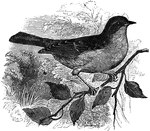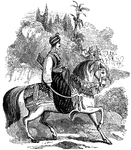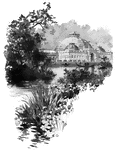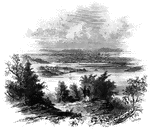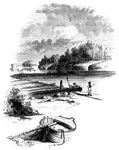
Hereford Cattle
"The hereford breed are of a medium or dark red color, with white faces and sometimes white on the throat,…

Jersey Cattle
"The Jersey cattle has a small deer-like head, muzzle fine and dark and encircled by a light color,…
Prison Reception
"Reception of Confederate prisoners at the Federal prison, Elmira, N. Y. The prison at Elmira, N. Y.,…
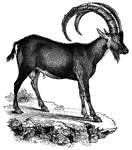
Ibex
"All noted for their large horns bending over the back, their love of the wild, rocky heights of the…
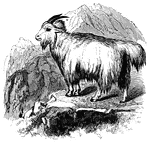
Rocky Mountain Goat
"Both male and female have small horns, and hair of a white color. They live in small flocks in the…
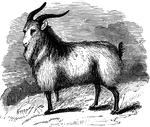
Common Goat
"They inhabit most of the world, and live in the scanty herbage of rocky places, where no other domestic…
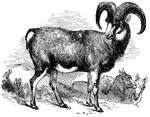
Mouflon
"The animals of this genus are distinguished by short tails, rogh hair; and enormous horns; they live…

Funeral Cortege
"The funeral cortege, at boston, Mass., of the Sixth Massachusetts soldiers killed at Baltimore. The…

Sixteenth Regiment
"The Sixteenth Regiment, Ohio Volunteers, under Colonel Irwine, crossing the tray run viaduct, near…
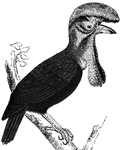
Umbrellabird
Feeding primarily on fruits, the umbrella-bird has two dstinctive crests of feathers, one rising from…
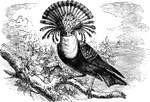
King Flycatcher
An impressive South American species of fly-catcher, with a transverse crest of reddish-fawn feathers.
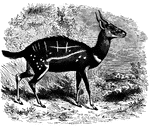
Guib Antelope
"About the size of a common deer, of a reddish-fawn color, but marked with white stripes along the back…

Meadow Pipit
Also known as the titlark, the meadow pipit prefers to live on steep and arid slops, subsisting on a…
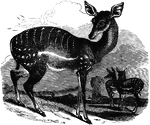
Female Gazelle
"Is one of the most celebrated of antilopes; it is about two feet high at the shoulder; its limbs are…
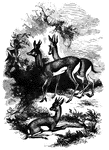
Ariel Gazelle
"Is one of the most celebrated of antilopes; it is about two feet high at the shoulder; its limbs are…
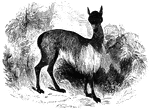
Vicuna
"Its color is reddish yellow on the back and whitish on the belly. It is a wild species, which is principally…

Ten Broeck
"The fastest race horse in the world. His best time, May 24, 1877, was 1.39 for one mile." — S. G.…
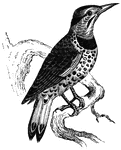
Golden-Winged Woodpecker
The golden-winged woodpecker is known for burrowing its own holes into live trees to use as a nest.
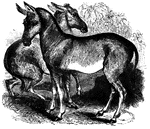
Hemiones
"In this the fur is short, smooth, and bright red bay; the legs are straw color; there is a broad, longitudinal…
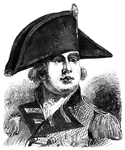
George III, King of England
"King George III, king of England during the old Confederation."—E. Benjamin Andrews, 1895
Heights of Charlestown
"A profile view of the Heights of Charlestown, in the American Revolution."—E. Benjamin Andrews,…

Benjamin Franklin
"Benjamin Franklin managed men, the whilom printer, king's postmaster-general for America, discoverer,…
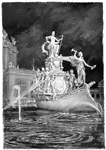
World's Fair
"The World's Fair at Chicago. Central portion of MacMonnies Fountain- effect of electric light."—E.…

Guinea Hog
"It is of the size of a common hog; has long, narrow, straight ears, with a pencil of hair at the tips.…
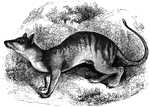
Tasmanian Wolf
"It is the size of a small wolf, with short, smooth, hair of dusky yellowish-brown color, barred on…
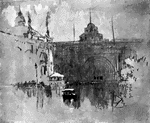
World's Fair
"The World's Fair at Chicago. The doorway of the transportation building."—E. Benjamin Andrews 1895
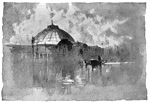
World's Fair
"The World's Fair at Chicago. Dome of horticultural building at night."—E. Benjamin Andrews 1895
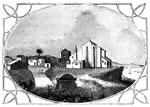
Palos
View of Palos. The pile of buildings in this view, standing upon the bluff, is the ancient Church of…

Battle-ground
This view is taken from near the house of Mr. Neilson, looking northwest. In the foreground, on the…

Fraser Burial
Fraser's burial-place. The hill on which the 'great redoubt' was erected, and where General Fraser was…
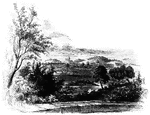
British Surrender
View of the place where the British laid down their arms. The sketch here presented, of the place where…

first interview
Site of the first interview between Gates and Burgoyne. This view is taken from the turnpike, looking…
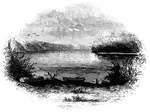
Fort Miller
Fort Miller fording-place. This was the crossing-place for the armies; and there are still to be seen…

The Falls
View below the Falls. This view was taken from under the bridge, looking down the river. The cave opens…
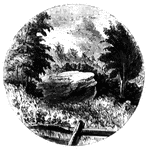
William's Rock
William's Rock. This view is taken from the road, looking northward. In the distance is seen the highest…

Isaac Rice
Isaac Rice was the name of our octegenarian guide. Like scores of those who fought our battles for freedom,…
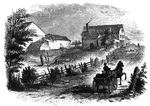
Fort Anne
Site of Fort Anne. This view is from the bridge which crosses Wood Creek, looking south. The distant…
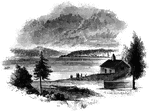
Sholes's Landing
View from Shole's Landing. This is a view from Chipman's Point, or Sholes's Landing, looking north.…
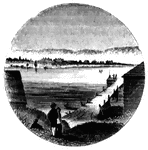
Chimney Point
Chimney Point Landing. This view is taken from the green in front of the inn at Chimney Point, looking…

Representation of 1775
Virtual representation, 1775. 1. One String Jack, Deliver your property. 2. Begar, just so in France.…
St. John's
Military establishment at St. John's. This view is taken from the eastern side of the river, near the…

Fort at Chambly
Fort at Chambly, this is a view of the south and west sides of the fort, looking toward the river. It…
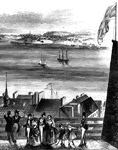
Point Levi
View of Point Levi from Durham Terrace, Quebec. This sketch is taken from Durham Terrace, near the north…
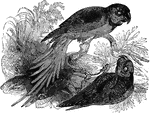
Alexanderine Parakeet
The alexandrine parakeet is a long-tailed species, originally brought back from India by Alexander the…
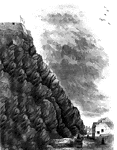
Cape Diamond
Cape Diamond, this is a view of the spot where Montgomery was killed. The cliff is Cape Diamond, crowned…

Arnold Wounded
Place where Arnold was wounded. This view is in a narrow alley near the north end of Sault au Matelot…

Palace Gate
Palace Gate, inside. This sketch is a view from within Palace Street, looking out upon the open country…

Wild Pigeons
Once one of the most numerous bird species in the world, the common wild pigeon of the United States…


